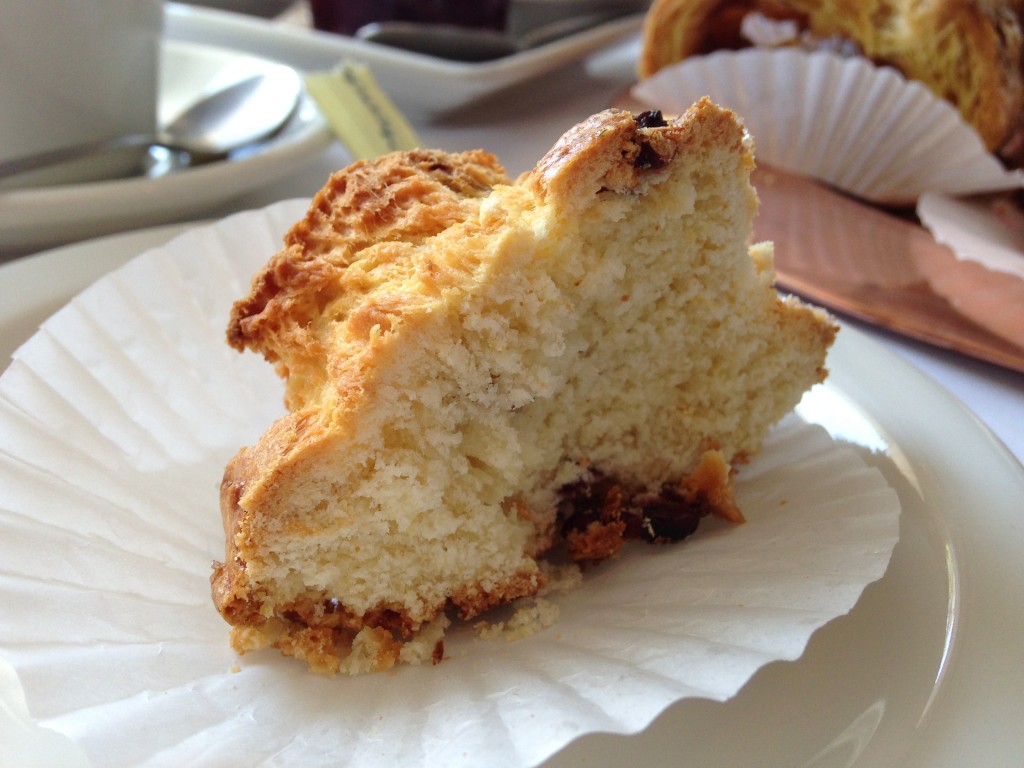We all have our favorite kind of tea, that one type that we gravitate to above all others. Mine is lavender earl grey, my mom’s is traditional earl grey, my best friend’s is any green tea, and I have more than one coworker who swears by mate (though mate isn’t really a tea, remember?).
Officially though, we should all be basing what type of tea we order, not on flavor preference, but on the clock. Certain teas better suit the time of day that you are drinking it, much like some teas are more complementary to the palate, food being served, mood of the drinker, season, or the weather. So no drinking herbal teas with breakfast, and keep the Earl Grey to the afternoon.
Morning and Breakfast
Strong black teas are the best choice in the mornings because their caffeine content and robust flavor. A lot of cooked breakfast foods and breads need a tea that can stand up to them. Choose an English or Irish Breakfast, Assam, Kenya, or Yunnan tea for your wake-up jolt.
Mid-Morning and Lunch
Your first cup of tea is beginning to wear off, so the best choice now is one that will maintain the alertness you received from this morning. Stick once again to black teas, unless you are eating Asian food for lunch and then a strong green tea is better. Choose any of the Morning and Breakfast teas or Lapsang Souchong for a black option; choose Sencha, Chinese Chun Mee, or Gunpowder for a green tea.
Early Afternoon
As the day progressively gets brighter, your teas should progressively get lighter. And with the work day in full swing, a lighter or fruity tea will best calm and soothe you. Choose peachy or mango flavored teas like an oolong, a fruity Darjeeling, a light Ceylon, or a green tea.
Afternoon Tea Time
Instead of worrying about time pairing, with afternoon tea focus on pairing tea with the food. Choose Earl Grey for courses with cheese, savories, or lemon desserts; choose Darjeeling with creamy offerings like scones and clotted cream; choose Lapsang Souchong for smoked offerings; choose Ceylon for fresh fruit and vegetable based items; choose Kenya for chocolates.
Evening and Dinner
Yes, you’ve had a lot of tea today, but why stop now? Night is when the lighter teas and delicate flavors can shine. Teas should now be focused on calming and cleansing, both in terms of digestion and stress. Choose light oolongs, light greens, whites, and herbal infusions or tisanes.






















